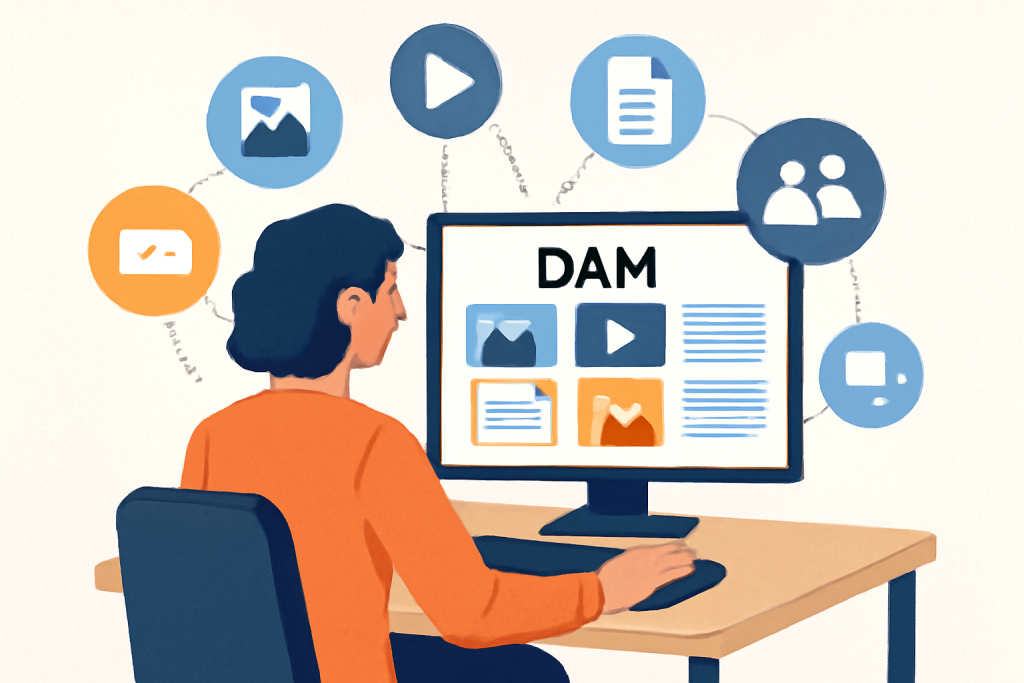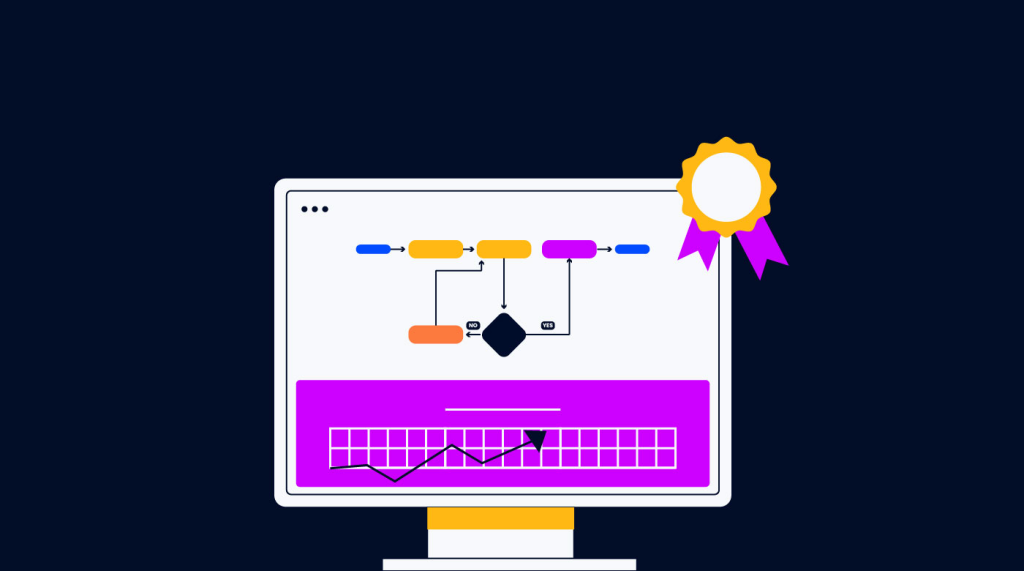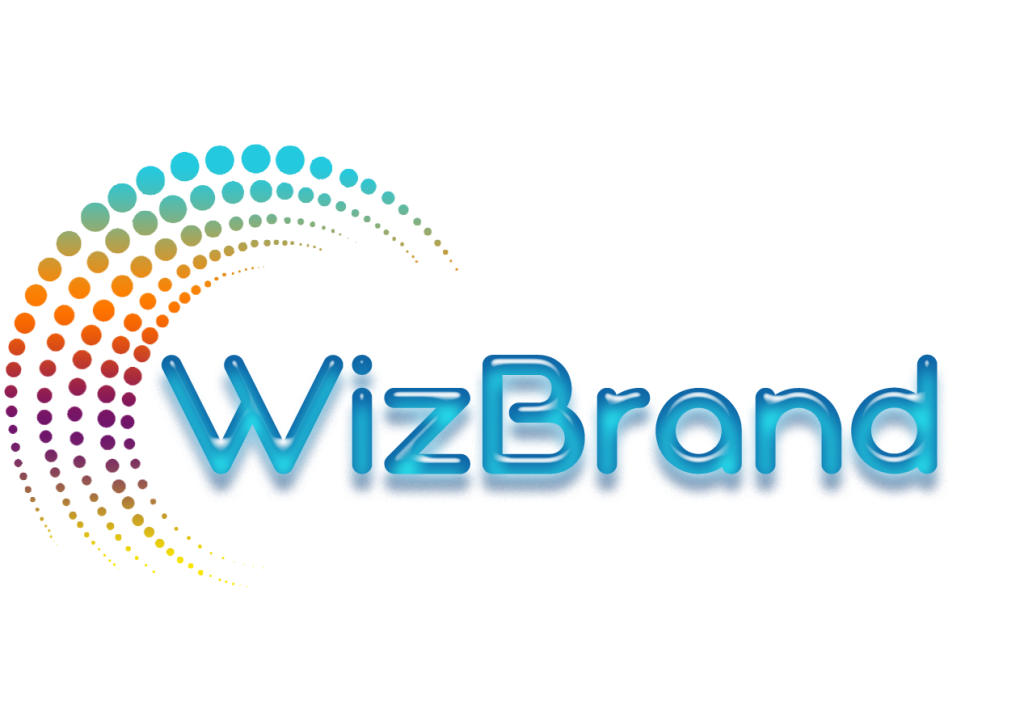
In today’s digital-first world, managing digital assets efficiently is crucial for any business that deals with a large volume of content. Whether you’re a digital marketer, content manager, or SEO professional, implementing a robust Digital Asset Management (DAM) system can streamline workflows, boost team collaboration, and significantly enhance your overall content strategy. However, many businesses hesitate to implement a DAM system due to concerns about complexity, integration issues, or disruption to their existing workflows. But it doesn’t have to be a headache. With the right solution, you can manage your digital assets effortlessly and watch your business operations thrive.
What is a DAM System?
Before diving into the implementation process, let’s first understand what a DAM system is. A DAM system is a centralized platform that allows businesses to organize, store, manage, and distribute digital assets such as images, videos, documents, and other multimedia files. It serves as the backbone of your content management strategy, providing easy access to assets across teams while ensuring they are properly tagged, categorized, and securely stored.
Why Implement a DAM System?
A well-implemented DAM system not only helps your team work more efficiently but also addresses some of the most common challenges faced by businesses today:
- Content Overload: As the volume of digital content grows, it becomes increasingly difficult to manage everything effectively. A DAM system centralizes all your digital assets in one place, making it easier to retrieve files when needed.
- Collaboration and Sharing: Multiple teams often need access to the same files. A DAM system simplifies collaboration by providing seamless sharing options and preventing version control issues.
- Time Savings: With a DAM system, your team spends less time searching for assets and more time focusing on creative and strategic tasks.
Now that we know the importance of a DAM system, let’s discuss how you can implement it without the hassle.
Step-by-Step Guide to Implementing a DAM System

1. Assess Your Needs and Objectives
The first step in implementing any new system is to understand your unique requirements. What are the specific challenges your business faces with managing digital assets? Do you need a system for storing and organizing files, or do you also need advanced features like AI-driven tagging and metadata management? By clearly defining your needs, you can make an informed decision about the best DAM solution for your business.
2. Choose the Right DAM Solution
Not all DAM systems are created equal. While there are several options on the market, it’s important to choose one that fits both your current and future needs. Look for a solution that offers scalability, user-friendly features, and the ability to integrate with other tools you already use.
Wizbrand, for example, is a leading Digital Asset Management (DAM) platform that helps businesses streamline digital workflows, manage content, and improve team collaboration. With its easy-to-use interface and powerful functionality, Wizbrand ensures that you can organize your assets, collaborate seamlessly across teams, and distribute content more efficiently than ever before.
By leveraging Wizbrand’s comprehensive DAM capabilities, businesses can optimize their digital asset management processes while enhancing team collaboration.
3. Organize Your Assets
Once you’ve chosen a DAM solution, it’s time to start organizing your assets. This may seem like a daunting task, especially if you have years of content stored in various locations, but it’s essential for ensuring smooth operations in the future.
Start by categorizing your assets into logical groups. For example, you could organize them by content type (e.g., images, videos, documents), department (e.g., marketing, product), or any other criteria that make sense for your business. Wizbrand makes this step easy by offering automatic metadata tagging and powerful search features, ensuring that your assets are always just a few clicks away.
4. Train Your Team
A DAM system is only as good as the people who use it. Ensure your team is properly trained on how to use the new system. Provide them with tutorials, user guides, and hands-on sessions to help them get the most out of the software.
Wizbrand provides comprehensive support and resources to help you and your team quickly get up to speed with the system. With its intuitive design and responsive customer service, adopting the platform becomes a seamless experience.
5. Integrate with Your Existing Tools
To get the most out of your DAM system, integrate it with your other software tools, such as content management systems (CMS), customer relationship management (CRM) platforms, and SEO management tools. This ensures that your assets are consistently updated and easily accessible across different channels.
For example, Wizbrand offers integration with SEO Management Software to enhance your digital marketing strategy. By linking your DAM system to your SEO tools, you can easily access, manage, and optimize assets for better search engine rankings.
6. Set Permissions and Security Measures
Security is crucial when it comes to digital asset management. Make sure to set appropriate permissions for users based on their roles within the organization. With a DAM system like Wizbrand, you can control who has access to what, ensuring sensitive information remains protected.
Additionally, Wizbrand’s cloud-based solution offers enterprise-grade security, ensuring your digital assets are safe from unauthorized access, loss, or theft.
7. Measure Success and Optimize
After implementation, it’s important to track the performance of your DAM system. Look at metrics like asset retrieval time, user adoption rates, and the efficiency of digital workflows. Wizbrand’s analytics tools make it easy to measure these metrics, giving you insights into how well the system is working for your business.
Continually optimize the system based on feedback from your team and evolving business needs.
Conclusion
Implementing a DAM system in your business doesn’t have to be a stressful or overwhelming process. By following a clear and structured approach, you can successfully adopt a solution that streamlines workflows, enhances team collaboration, and boosts overall productivity.

Wizbrand offers one of the Best Digital Asset Management Software solutions available today, ensuring that you can implement a DAM system without the headache. Explore Wizbrand’s platform and take the first step toward transforming your content management strategy today.
To get started, learn more about Wizbrand and how it can help your business improve digital asset management and team collaboration. You can also check out SEO Management Software and explore Best DAM Tools in the world to further optimize your digital workflows.